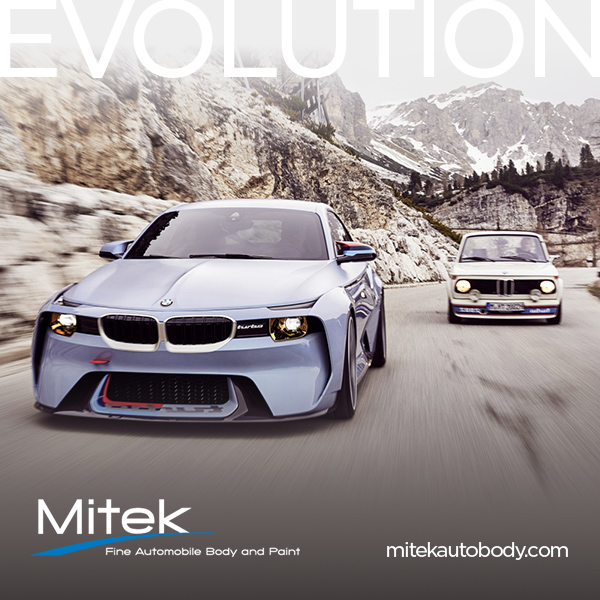When the first cars hit the road in the late 19th century, repair techniques were simple: hammering out dents or patching holes with metal sheets. As cars became more complex and the demand for high-quality repairs increased, the collision repair industry evolved to meet new challenges.
In the 1920s and 1930s, advances in metalworking techniques, such as spot welding and metal finishing, led to more precise and accurate repairs. During World War II, the need for quick and efficient repairs on military vehicles led to the development of new repair methods, such as MIG welding and plastic filler.
In the 1950s and 1960s, there was a huge development of the modern collision repair industry. Collision shops started using specialized tools and equipment, such as frame straightening machines, to perform more precise and efficient repairs. Advances in paint technology allowed for a broader range of color options and more durable finishes as well.
In the 1970s and 1980s new materials, such as polyurethane and epoxy, were introduced for use in body fillers, and computerized measuring systems were developed to ensure the accuracy of repairs.
Today the collision repair industry has continued to evolve with the introduction of new technologies and materials. Computer-aided design (CAD) and computer-aided manufacturing (CAM) systems have streamlined the repair process, and new lightweight and high-strength materials, such as carbon fiber, have been introduced. Advanced driver assistance systems (ADAS) which are primarily focused on collision avoidance technologies and driver aids, such as night vision, driver alertness, and adaptive cruise control are also important components of collision repair. The introduction of Electric vehicles has also pushed the boundaries and expertise needed to repair these complex cars.
At Mitek, we continue to be at the forefront with cutting-edge tools technologies, and methodologies including employing highly trained and skilled technicians. Through certifications, we maintain a strong relationship with Premium manufacturers and exceptional dealers. Our aim is to deliver greater convenience and a more personalized experience for our clients by being at the forefront of this car evolution.
Mike Tikl
Proud owner of Mitek Fine Autobody & Paint,
Serving Kitchener, Waterloo, Cambridge, Guelph, and the surrounding region since 1980,
Your Fine Car Deserves our Fine Care

